Are you having second thoughts about buying a projector for your outdoor movie night? You may be wondering if the image quality of the projector will be visible in daylight. We know how important it is to get all the details right when trying to create an unforgettable cinematic experience, so today we’ll discuss whether or not projectors can work in daylight and what adjustments are necessary to maximize visibility. If you’re looking for tips on creating a successful outdoor movie night with your projector, this blog post has got you covered! Keep reading to learn more about using a projector in bright sunlight and discover simple steps that can help maintain picture clarity throughout your event.
How Does the Projector System Operate?
Projectors provide a convenient way to display presentations, movies or video games on large screens. In order to use a projector, you will need to connect it to your computer or other media source. Once connected, the projector will act as the primary display device and can be used to project whatever is being displayed from your computer onto a larger screen. [1]
The first step in understanding how the projector system operates is to identify the components of the system. Generally speaking, a projector consists of two main parts: the projector itself and a projection screen. The projector receives a signal from a media source such as your computer or DVD player, processes it, and then projects it onto the projection screen.
Once connected to a media source, the projector will need to be set up correctly in order to produce a clear, sharp image. This involves adjusting the focus, zoom, and angle of the projector so that it projects an evenly illuminated picture onto the projection screen. The resolution of the projector will also affect how clear the image is displayed – higher resolutions will result in sharper images while lower resolutions may produce grainy or blurry pictures. [2]
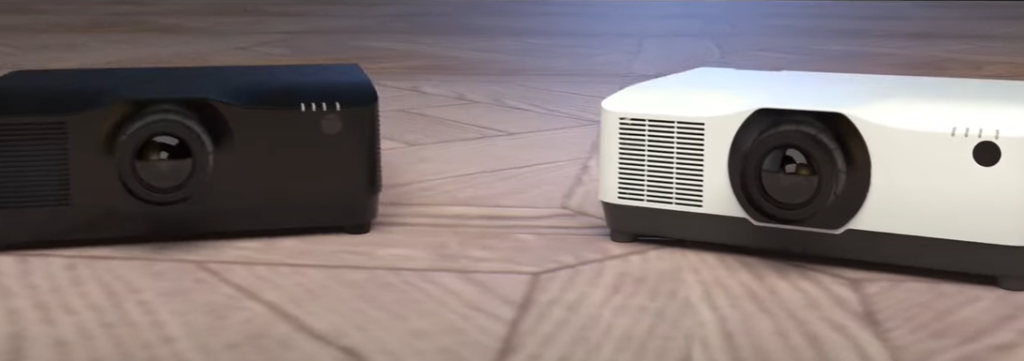
What Are the Benefits of Using Projectors?
Projectors offer several advantages over traditional televisions or LCD monitors. Using a projector for presentations, meetings, video conferences and other visual displays allows you to achieve higher levels of engagement with your audience. With the right projector and setup, you can create an immersive experience that will leave your guests impressed. [3]
Here are some of the key benefits of using projectors:
- Increased Visibility: Projectors allow for improved visibility and larger images, making them ideal for use in large rooms or outdoors. The bigger the image size, the more people can see it clearly from almost any angle. This helps ensure that everyone in your audience can get a good view of whatever you’re displaying, which is especially beneficial if you’re conducting a presentation or giving a lecture.
- Cost Efficiency: Projectors are generally more affordable than televisions and monitors of similar size, making them cost-effective for any budget. In addition, they require less power consumption which helps to reduce energy costs over time.
- Increased Flexibility: With projectors, you can easily move them to different locations when needed. This allows you to take your presentation on the road, or even set it up in a temporary outdoor space.
- Easy Setup: Setup is easy and requires minimal effort. All you need is an available power outlet and a flat surface to project onto, making the setup process much faster than with traditional TVs or monitors.
- Versatility: Projectors can be used for a variety of purposes, from displaying slideshows to streaming movies. You can even use them for gaming or video conferencing, allowing you to create an interactive experience with your audience. [4]
What Projects are Great to Watch on a Projector?
Watching movies or television shows on a projector can be a great way to enjoy all of your favorite content. But what kind of projects are best suited for this viewing experience? Here is a list of some great options that you might want to consider:
Documentaries
Documentaries tend to have amazing visuals and complex storylines, making them perfect for projection. Whether it’s a political documentary exploring the current state of the world, or a nature documentary taking you inside the most breathtaking landscapes, documentaries are captivating and can be enjoyed on a large screen.
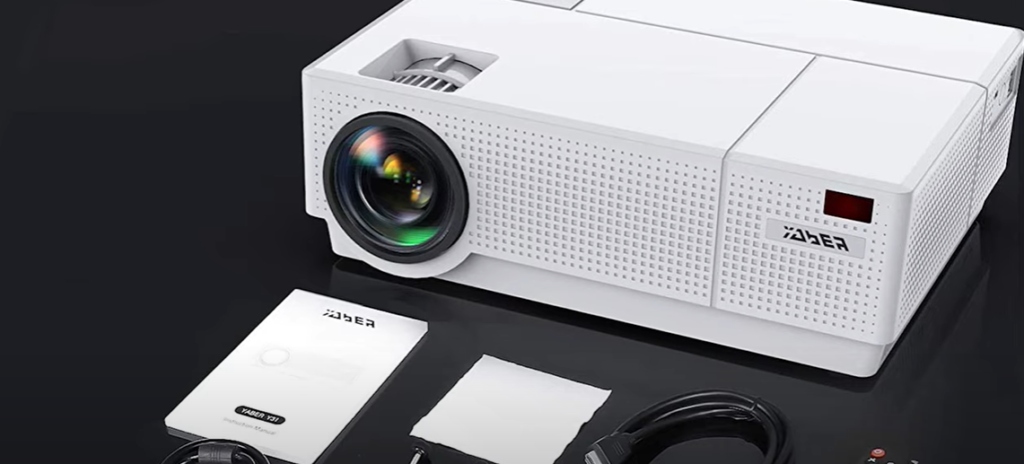
Classic films
Classic films are iconic pieces of cinematic history that retain their charm no matter how much time passes. Movies such as Casablanca, Singin’ in the Rain, and The Godfather are great to watch on a projector because they have stunning visuals and captivating stories that can be appreciated even more when seen on a larger screen.
Indie films
Indie films are often overlooked by mainstream film critics but they can bring something unique to the viewing experience. They offer smaller budgets, but often have incredible storylines and unique cinematography that make them worth watching.
Musicals
Musicals take the classic song and dance formula to another level when projected on a large screen. Whether it’s The Sound of Music, Grease, or La La Land, musicals are fun to watch with friends and family and can be enjoyed even more when seen on a projector.
TV shows
TV shows are captivating and can be enjoyed in many different ways. Watching them on a projector allows for an immersive experience that’s perfect for binge-watching. Whether it’s the classic Seinfeld or something newer like Game of Thrones, watching projects on a larger screen is sure to make for an enjoyable experience.
Foreign films
Foreign films can offer an interesting look into another culture’s perspective on the world. Watching them on a projector allows for an immersive experience that can make you feel like you’re being transported to another time and place. Whether it’s a French romance or a Japanese drama, foreign films can be enjoyed in many different ways when projected on a large screen. [5]
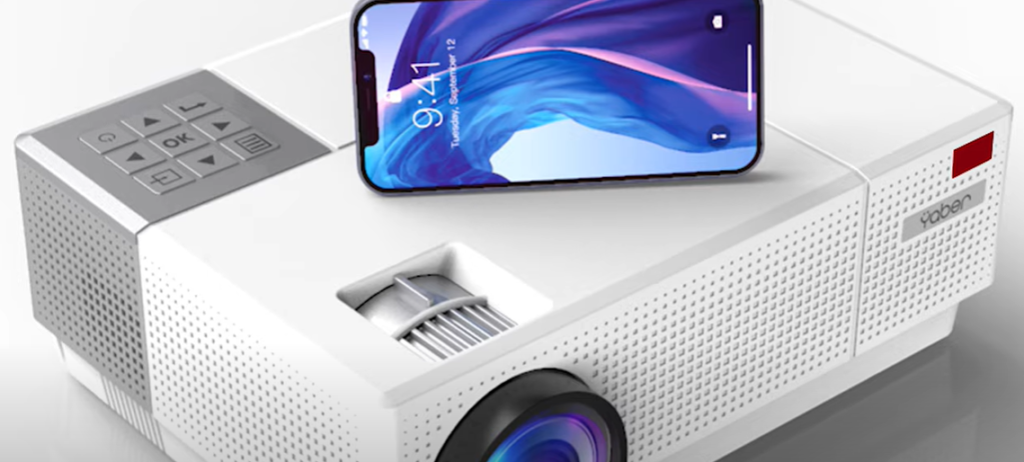
Is It Actually Possible to Use a Projector Outside?
Projectors are increasingly becoming popular, not just in classrooms or offices, but also for outdoor events. Can you actually use a projector outside? The good news is that yes, it is possible to use a projector outdoors. However, there are certain things you should take into consideration when using your projector outdoors. [6]
- Weather Conditions: The first thing to consider is the weather conditions. Using a projector outdoors means that it will be exposed to various elements like wind, sun and rain. You need to make sure you are using your projector in a place with minimal wind and direct sunlight exposure. If there is rain, you should use a waterproof cover for your projector.
- Vibrations: If you are planning to use a projector in an outside area, then it is important that the projector stand is placed on a stable surface. This will help reduce vibrations which can interfere with the picture quality.
- Brightness: Since you are using your projector outdoors, you need to make sure that the brightness of the image is sufficient enough for people to see. The brightness of the projector will depend on your projector’s lamp and how far away it is from the screen or surface. Most projectors can be adjusted in order to increase the brightness.
- Power Supply: When using a projector outside, you need to make sure that there is an available power supply nearby. You should also take into consideration if it is possible to use a power extension cord from indoors.
- Heat: Many projectors generate heat during operation, so it’s important to make sure that the projector is not placed in an area with direct sunlight exposure. This will help keep the projector cool and reduce the chances of it overheating and causing damage. [7]
Does the Projector Work in Daylight?
Projectors can work in daylight, but there are some considerations you should make when using them outdoors. You will need a projector that is rated for outdoor use and you will need to consider the amount of sunlight in your area.
The other factor to consider is the amount of sunlight in your area. If you plan on using a projector outdoors, make sure that there are no direct sources of light such as the sun on the projection surface. You can also invest in a projector screen that is designed for outdoor use. These screens are more reflective than traditional indoor screens, so they can help to reduce the amount of sunlight reaching your projector and improve visibility. [8]
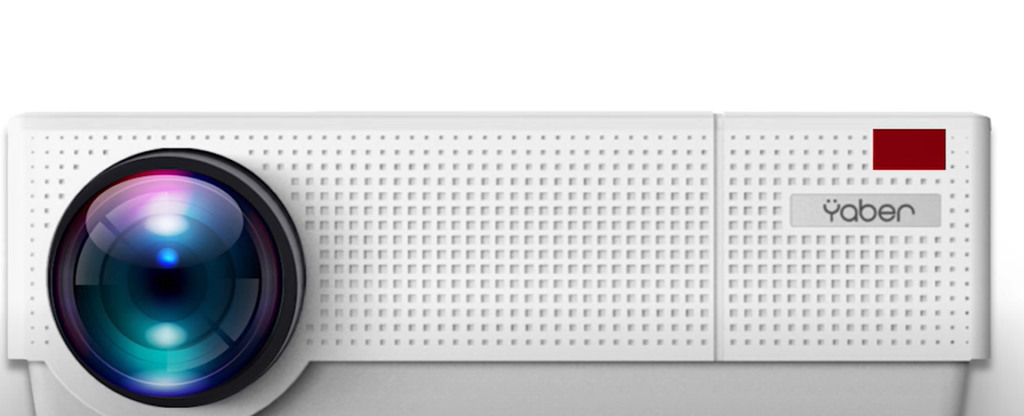
How Many Lumens Do You Need to Project in Daylight?
When planning for a presentation or outdoor event, you may be wondering what kind of lumens are necessary in order to project your content with clarity and visibility. While the amount of lumens needed will depend on various factors such as the environment and the audience size, there is one thing that remains consistent– brightness matters.
The answer lies in understanding the concept of lux. Lux is a measure of how much visible light you need at the object you’re trying to project. So, when it comes to projecting in daylight, you may have higher lumen requirements than if you were presenting indoors because there will be more ambient sunlight present.
In general, the rule of thumb is that you should always strive for 1000 lumens or more for your presentation. This ensures that you have enough brightness to be visible and make sure that your audience can clearly see the details of your presentation. However, there are certain factors that will influence how many lumens you really need in order to project in daylight, such as the size of the audience and the type of environment where you’re presenting.
For instance, if you’re in a very bright outdoor space like an open field or beach where the sun is shining directly on your presentation, then you may need up to 2000 lumens in order to guarantee that your presentation will be visible and seen by everyone. On the other hand, if you’re in a more shaded environment such as a park or backyard, you may only need as low as 500 lumens.
Similarly, if you’re presenting to a larger audience where more people will be further away from the projector screen, then you may require even higher levels of brightness in order for everyone to see clearly. This is especially important for outdoor performances and presentations that are expected to draw large crowds. [9]
Tips on How to Maximize Your Daylight Projector Viewing Experience
Nothing beats the thrill of watching a movie or your favorite show on a projector in bright daylight. But to truly get the most out of these moments, there are some important tips and tricks you need to know. Here’s our expert tips on how to optimally set up your Daylight Projector for maximum enjoyment:
- Position it correctly: It’s important to position the projector at a certain height and angle for optimal viewing, so be sure you place it in an area where it won’t obstruct your view.
- Choose the right location: Choosing the right location for your daylight projector is essential to properly enjoy its benefits. Your projector should be placed on a flat surface that is away from direct sunlight, and in an area with a clear view of the screen.
- Reduce glare: To reduce any potential glare from direct light sources, try to place your projector behind a wall or window pane to avoid having the light shine directly onto the projector’s lens. You can also use a black-out curtain or blackout film to further minimize any reflection on the screen.
- Increase brightness: You can maximize your projector’s brightness by using a higher lumen setting or adjusting it to the desired level manually. This will help you have a more vivid and clear viewing experience even in brightly lit rooms.
- Improve sound quality: For an optimal listening experience, make sure that you place speakers or a soundbar in the same position as your Daylight Projector. This way, you can avoid any audio distortions and make sure you hear every bit of dialogue clearly.
- Keep it cool: Make sure to keep your daylight projector at a comfortable temperature, as overheating can cause it to malfunction. Place the projector in an area with adequate ventilation and make sure you clean the air filters regularly.
- Maintain your equipment: Regular maintenance is essential for any projector, including those that use daylight technology. Make sure to check and clean the lenses of your projector regularly, and replace any worn-out parts to ensure it continues to work smoothly.
- Use the right cables: To get the most out of your viewing experience, use the right type of cable for connecting your projector to other devices. HDMI cables are usually the best option for optimal clarity and sound quality. [10]
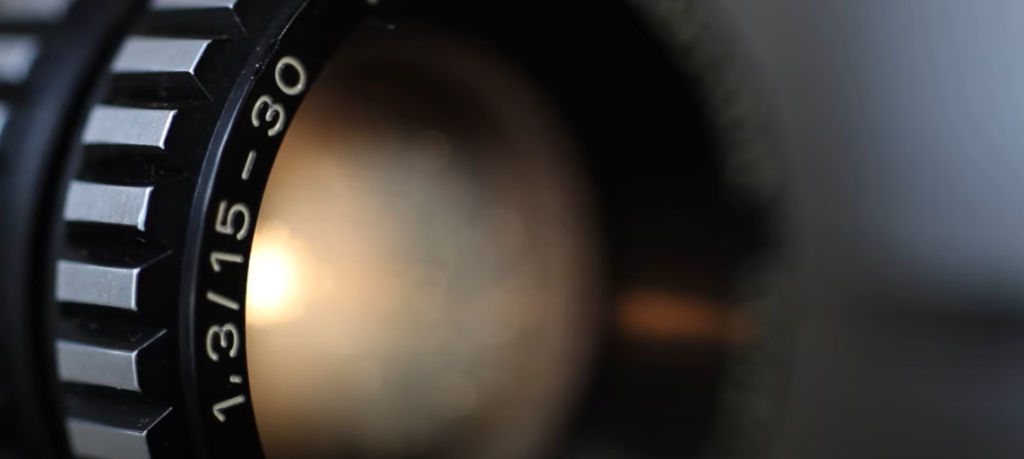
How to Maintain a Projector?
To ensure your projector produces a clear image, regular maintenance is essential. Here are some tips to keep your projector in working order:
Cleaning the Lens
The lens of the projector must be kept clean for the best possible display. Use a microfiber cloth or lens cleaning tissue to gently wipe away dust and other particles from the surface. Be sure to avoid getting any cleaning solutions or water on the lens.
Changing the Lamp
Check your user manual for instructions on how often your projector needs a new lamp. Generally, it is recommended that you change the lamp every 3,000 to 5,000 hours of use. To replace the lamp safely, turn off and unplug the projector, then remove the lamp cover. Replace the old lamp with a new one and reassemble components.
Cooling Vents
Overheating can pose serious problems for projectors, so regular cleaning of its cooling vents is important to keep it functioning properly. To clean the vents, use compressed air to blow dust and debris away from the grill. Additionally, try to keep the projector in a well-ventilated room and away from direct sunlight.
Regular Inspections
It is a good idea to inspect your projector regularly for any damage or loose connections. Look for signs of overheating, such as discoloration around the vents, which can cause significant harm to your device. Tighten any loose connections and make sure any cords are in good condition.
Troubleshooting
If you notice that the colors in your display appear distorted or faded, try adjusting the projector’s brightness and contrast settings. You can check your user manual for instructions on recalibrating the display. If problems persist, contact a professional technician or the manufacturer of your device for additional help.
Storing Your Projector
To ensure your projector stays in good condition, you should always store it in a safe and dry environment. When not in use, put the projector back in its original box or a protective case to protect it from dust and other contaminants. Additionally, make sure to keep all cords stored away from any sharp edges or objects that may cause damage.
Contacting Manufacturer
If problems persist after properly cleaning and inspecting the projector, contact the manufacturer for further advice. They can provide additional information on how to repair or replace any defective parts. Additionally, they may be able to refer you to a professional technician who can help resolve any issues with your projector. [11]
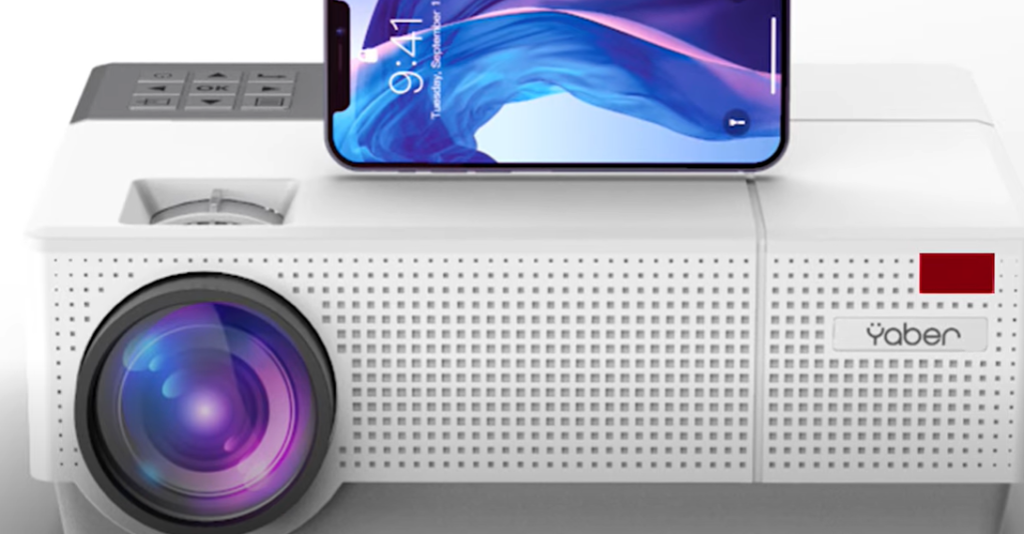
FAQs
Do projector screens work in sunlight?
Projector screens are designed to resist and reject ambient light, making them ideal for use in locations where sunlight is present. However, if the amount of ambient light is too great, it can affect the performance of the projector screen and create a washed-out image or make it difficult to see clearly. In these cases, using a higher gain projection surface material may help to improve the image quality. Additionally, using blackout curtains and dimming lights can also reduce the amount of ambient light in the room for a better viewing experience.
What type of projector will work in daylight?
When it comes to using a projector in daylight, you need to make sure that the projector has high enough light output for your environment. If you’re looking for a projector for outdoor use, then you’ll want one with high brightness and wide color gamut capabilities. An LCD or DLP model will work best since they offer more control over contrast and brightness levels than other types of projectors. Additionally, higher-end models will have features like automatic iris adjustment and enhanced sharpness to provide the best image quality even in bright sunlight. It’s important to evaluate your space and needs thoroughly before investing in a projector for outdoor use. Such an investment can pay off handsomely if you get the right model for your needs!
Do projectors need darkness?
No, projectors don’t necessarily need darkness in order to work properly. They can be used in lit rooms, but the image quality will vary depending on the amount of light present. The most optimal viewing experience is achieved when the room is completely dark or at least very dimly lit. This will ensure that no ambient light interferes with the projected image and its colors. Projectors are designed to be flexible and can work in both well-lit and dark settings, allowing for a wide range of applications from home theater setups to business presentations.
Can you use a projector in a bright room?
The answer isn’t as simple as “yes” or “no”; it depends on several factors. The brightness of the room will be a major contributing factor when deciding whether a projector can be used. Generally, the brighter the room, the higher contrast and brightness level of the projector needed to display images and videos clearly without washout. If you’re using a low-end projector for home use, it’s likely that such an environment will cause problems.
Another factor that will come into play is the type of surface being used to project onto. If the surface is dull, light will be reflected back in a way that makes the image difficult to see. In this instance, using a projection screen or other reflective material can help improve visibility and clarity.
Useful Video: Best Projector for Daytime Viewing in 2023 ? – Watch in bright daylight!
To Sum Up
Taking into account all that we discussed above, it’s safe to say that projector technology can work in daylight if you take the necessary precautions such as using blackout curtains and special screens. With the right equipment, you can be sure that you’ll get the most out of your projector in any lighting condition. After all, having a projector at home gives so much flexibility when it comes to entertainment – why limit yourself due to the fear of not getting great quality images when there are solutions out there? We strongly suggest that you experiment with light settings and give it a try – who knows – maybe you’ll find out you love watching movies during daytime. Now go ahead and make your summer movie marathons even more unforgettable!
References:
- https://www.projectorpoint.co.uk/blog/how-do-projectors-work
- https://www.makeuseof.com/how-does-a-projector-work/
- https://www.lg.com/in/magazine/projector-advantages-for-home-entertainment
- https://www.viewsonic.com/library/entertainment/advantages-of-projectors/
- https://www.benq.com/en-us/knowledge-center/knowledge/eight-creative-ways-to-use-your-projector.html
- https://www.projectorpoint.co.uk/blog/how-to-use-a-projector-outside-during-the-day
- https://thehometheaterdiy.com/projector-outside-during-the-day/
- https://www.benq.com/en-us/knowledge-center/knowledge/projectors-for-daytime-outdoors.html
- https://visualjacker.com/project-in-daylight-lumens/
- https://projectorsempire.com/how-to-use-a-projector-in-a-bright-room/
- https://thepiqoprojector.com/blogs/news/7-simple-steps-on-how-to-maintain-and-care-for-your-portable-projector

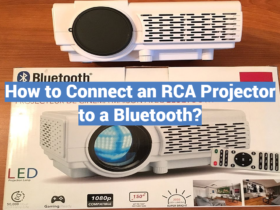
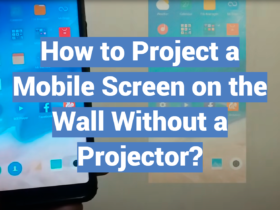

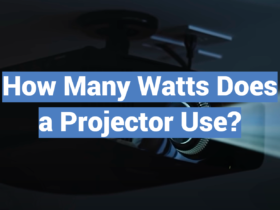
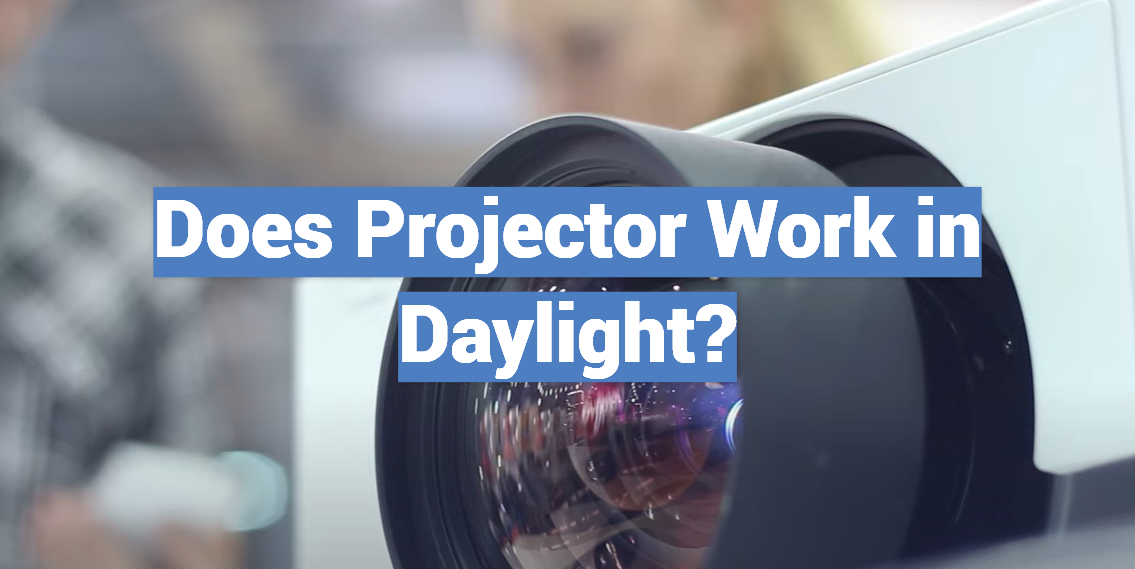

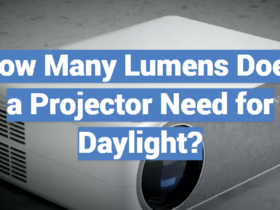
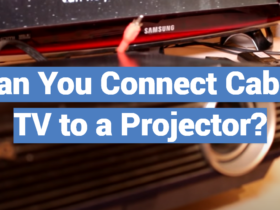

Leave a Review